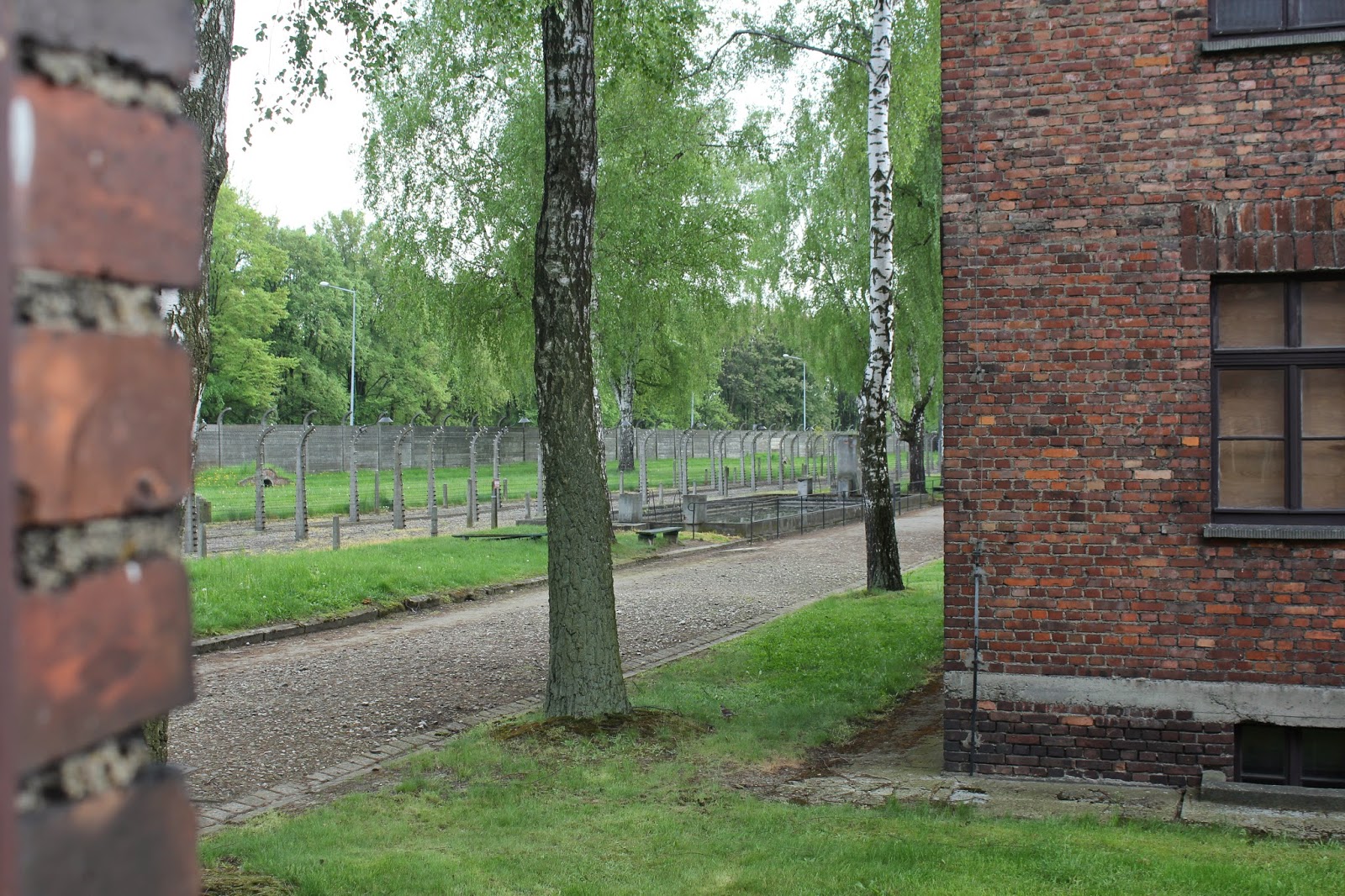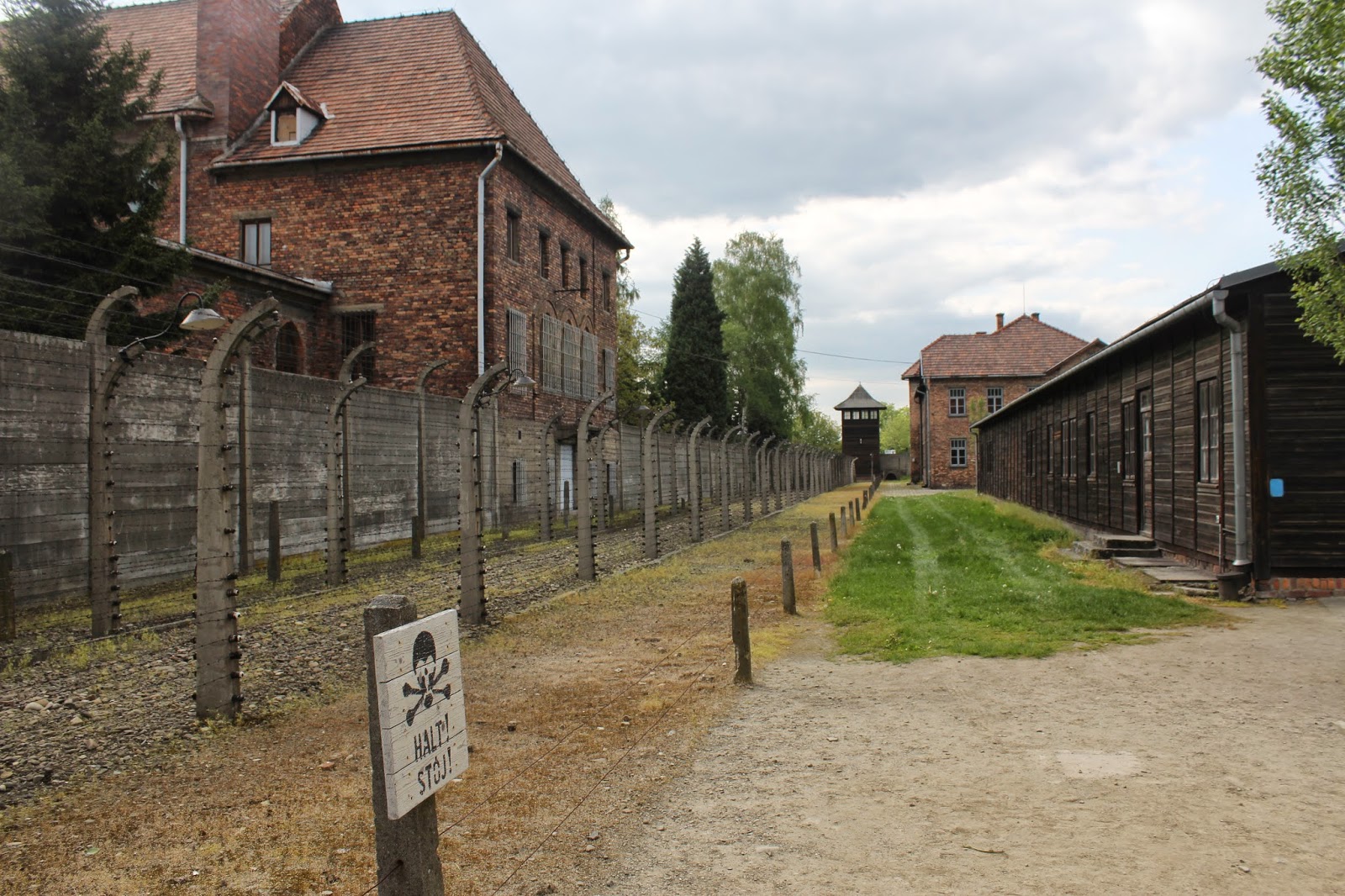As for bringing items from home, I brought a towel and an extra blanket. I should have left the blanket at home because I never used it. I really didn't pack anything special. I stuck to the list provided and it did me well. The only things that could have stayed at home were extra clothes. Travel tips to pass on are: DO YOUR HOMEWORK BEFORE GOING TO A NEW CITY.....do not try and wing it. Having plans makes for a smooth and enjoyable experience. Use books such as Lonely Planet, TripAdvisor is great, and Rick Steves' Podcasts are great because it essentially a free tour for that given city or tourist attraction. Always do what the locals are doing in the particular area, it is the best way to discover a real feel for the city. My top 3 places in Europe so far have been: Budapest, Malta, and Salzburg, Austria. Budapest was a beautiful city with enough to keep someone busy for weeks. Malta was the sameway, the ocean was perfect and everyone was so friendly there. Salzburg was a great short trip from the Czech Republic. Great food and beautiful landscape surrounds the city. Everyone has their own favorite places and by doing my homework on what to do in these areas made for great memories to be remembered.
Social Life
I always met students from the Czech Republic at the bars during the evenings. Experiencing the bar life was a great way to meet students from the Czech Republic as well as other countries. I liked to spend my free time traveling around to make the most of my trip, eating local foods, and spending a good amount of time at the local pubs and bars. I enjoyed doing this because I received a great sense of the local lifestyle. I feel like my free time was used very well. Although being exhausted by it, I did not come to Europe to sleep but to experience as much as I could in my short time and I feel very cultured by my time spent here. The top activity for experiencing a vast social and cultural events were the Erasmus parties at Belmondo. Here you could meet anyone from around the world and learn about their culture and lifestyle. Everyone speaks English too which is a plus! Best advice for future students is to use the free time to travel around, have a great sense of adventure, for many people this is a once in a lifetime experience so take anything and everything in and enjoy it.
School Work
I feel as if not much differed from back home as in terms of academics. Some of our lectures were dry and boring but everyone has lectures like that back home. As for my study habits, I did not really have any study habits. I was in Europe after all to have a good time so I completed my school work when necessary then put the thought in the background. Everyday is a learning process so I was not going to allow school to hinder my experience in Europe. Library? Whats that? Never went.....was I supposed to go? Keeping an open mind was the best strategy for making the most of any situation either academic or personal experience. No one will ever enjoy every activity but shutting an experience down half way through kills any enjoyment to be had.
Money & Communications
I would say every cent of $4000 to enjoy the trip without having to worry about money. I planned on going on this trip 2 years ago. This allowed me to save a large sum of money to enjoy my time in Europe without having to be conscious of my budget. I was not a foolish spender while in Europe but I was always comfortable with my financial status. Anyone on this trip could make the trip expensive if they wanted or the trip can be spent in a frugal mindset. In terms on finances, it is up to the student on how much and what they spend money on. I managed my money by using an international credit card. My particular card is the Barclaycard by Mastercard. This card has zero international transaction fees. This was by far the smartest decision because I did not need to worry about carrying cash and horrible ATM fees. I spent maybe $10 on books, $15 on school supplies, $300-$500 on food and alcohol, $1000 on travel, $50 on laundry, and $20 on toiletries. Again these are all ballpark numbers, save early and money will not be a main concern while traveling abroad in Europe. Skype was the main source of communicating with friends and family back home. I wouldn't use anything else.
Top 10 Activities
- Go to Budapest, I have nothing to regret while going there. Boat parties on the Danube, pub crawls at night, free walking tours, stay at a youth hostel, go to the Grand Central market, do not worry about sleeping.....that is what the bus ride home is for!
- Malta, Malta, Malta -- This was a great spring break destination. Scuba diving, beaches, perfect ocean weather, and relaxing without a care in the world. Malta was relatively cheap to travel to as well. Friendly people and everyone speaks English.
- Talk with Jan and Martin----These guys are great and will help anyone out with travel plans or what ever someone might need. They know so much about European cities. Ask them questions because they know the answers. Go to lunch/supper with them when given the opportunity.
- Travel and experience Olomouc-----Just because it is the home base or where the dorms are doesn't mean Olomouc has nothing to offer. This is a great city to be experienced. So many great little restaurants, pubs, and hidden churches.
- Do what the locals do. I wasn't sent in a wrong direction because of this.






































